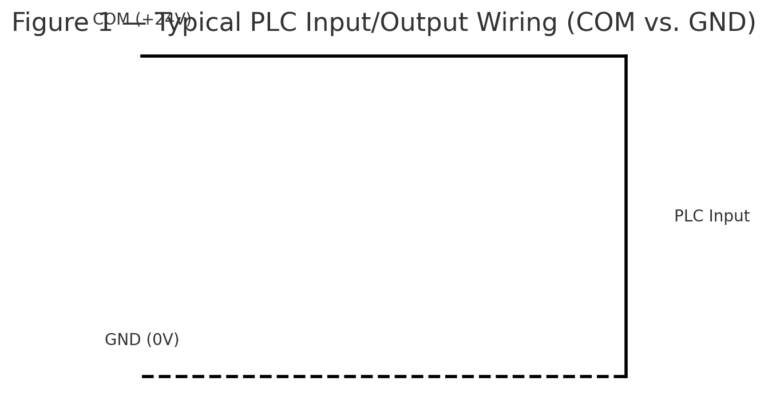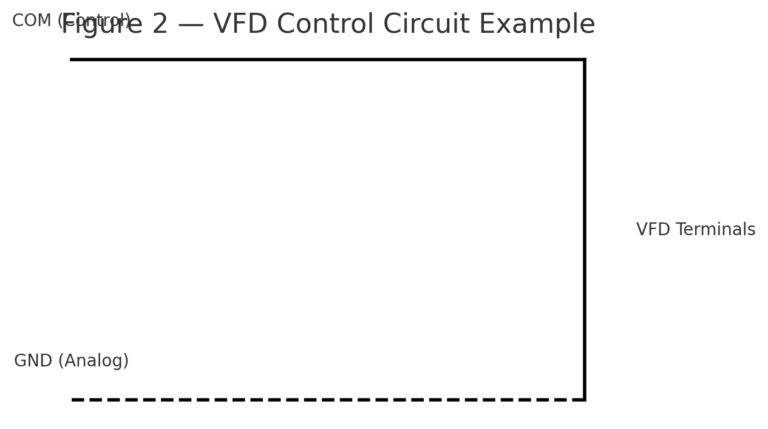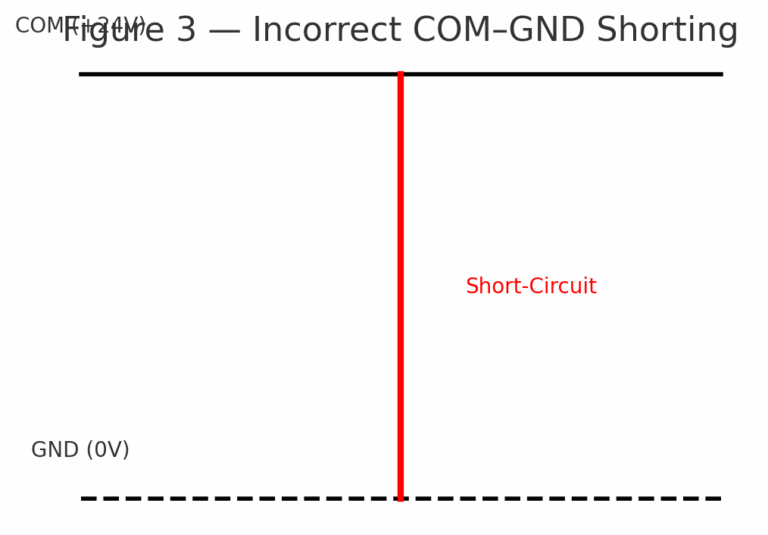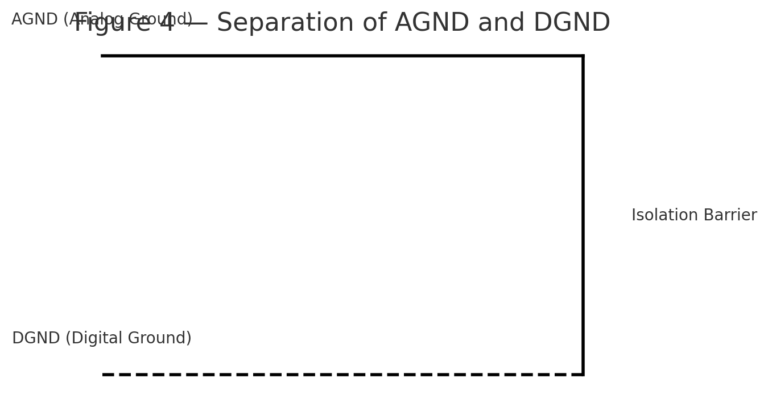In electrical and electronic engineering, GND (Ground) and COM (Common) are both widely used concepts, but they differ significantly in function, application, and electrical characteristics. Misunderstanding these terms can lead to wiring errors, signal interference, or even equipment damage. This article explains their differences with practical examples.
1. Definition and Core Function
GND (Ground)
Acts as the reference potential point in a circuit (usually considered zero volts).
Provides a return path for current and ensures electrical safety.
In power systems, it usually corresponds to the negative terminal of a DC supply (e.g., battery).
Can be connected to earth (protective earth, PE) or used as an internal reference point only.
COM (Common)
Serves as the common return terminal for signals or power loops.
In industrial control, COM often acts as the shared terminal for digital signals (e.g., PLC inputs) or the reference for analog signals.
Its voltage level is not fixed—it could be +24 V, 0 V, or another potential depending on the circuit design.

2. Application Scenarios
Typical Uses of GND
Reference for analog signals (e.g., sensor outputs).
Protective grounding for electrical safety.
Shielding in high-frequency or noise-sensitive circuits.
Typical Uses of COM
Digital control loops (e.g., inverter start/stop or forward/reverse signals).
Common return for multiple relay coils or modules.
Shared potential platform in power distribution inside equipment.
3. Electrical Characteristics
Voltage Reference
GND is usually at zero potential, while COM may carry a voltage (e.g., +24 V).
Example: In a variable frequency drive (VFD), COM may be tied to the power neutral, while GND is the reference for analog signals.
Isolation Requirements
GND may need connection to earth for safety, whereas COM is often tied to internal circuits and not necessarily to earth.
In weak-signal systems, analog ground (AGND) and digital ground (DGND) may be separated to prevent interference.

4. Wiring Considerations
Do Not Interconnect Randomly
Shorting COM to GND may cause interference, false triggering, or inaccurate readings.
Example: In a multimeter, the COM terminal is the measurement reference, but if connected directly to circuit GND, readings can be distorted.
Industrial Equipment Example
In VFDs, COM is typically used for digital inputs (e.g., DI signals), while GND is used for analog signals (e.g., frequency reference).
In PLCs, COM may be grouped (e.g., input COM tied to positive supply, output COM tied to negative).

5. Common Misconceptions
COM ≠ GND: COM is a functional common return, while GND is a voltage reference or safety ground.
COM Voltage Not Fixed: COM may be positive, negative, or zero depending on design—always confirm in the device manual.
6. Practical Guidelines
Always consult the device manual to confirm whether COM is a live voltage terminal.
Avoid directly shorting COM and GND unless explicitly required.
Separate analog and digital grounds in sensitive systems to reduce noise.
For industrial wiring, carefully distinguish between digital COM and analog GND to prevent cross-interference.

7. Comparison Table
| Aspect | GND (Ground) | COM (Common) |
|---|---|---|
| Function | Voltage reference, safety ground | Shared return path for signals/power |
| Typical Potential | 0 V (reference) | May be +24 V, 0 V, or other depending design |
| Connection | May be tied to earth (PE) | Internal to device, not necessarily earthed |
| Applications | Analog signals, shielding, protective earth | Digital I/O loops, relay circuits, shared power returns |
| Caution | Avoid ground loops and noise issues | Voltage level must be verified in each case |

Conclusion
GND and COM may both be called “common terminals,” but their meanings differ:
GND is the global reference and safety ground.
COM is the functional return terminal for a specific signal or circuit.
When designing or wiring industrial control systems, distinguishing between them is critical to ensure safe, stable, and interference-free operation.
